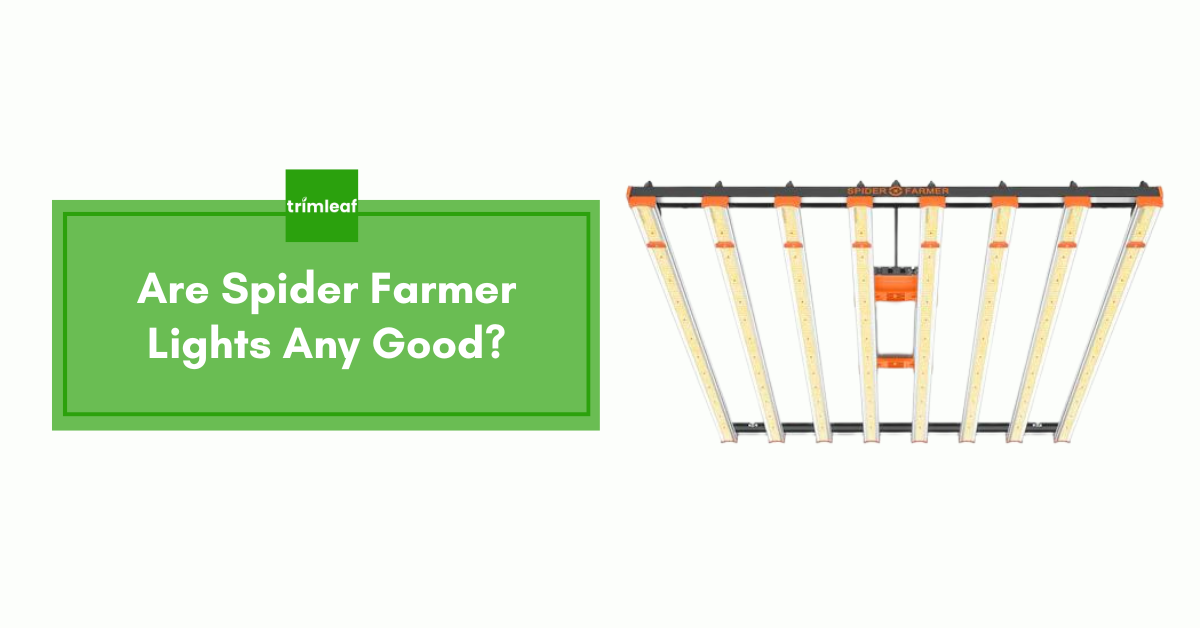Understanding LED Grow Lights and Their Importance for Indoor Growing
Proper lighting is the cornerstone of successful indoor gardening. Plants require specific light wavelengths to trigger essential biological processes, and insufficient or improper lighting often leads to stunted growth, poor yields, and wasted resources. LED grow lights address this challenge by delivering targeted light spectrums that mimic natural sunlight, providing indoor plants with the precise wavelengths needed throughout their growth cycle.
Unlike traditional grow lighting options, LED grow lights offer remarkable versatility and efficiency. The technology behind these fixtures has evolved significantly, with modern units providing full-spectrum coverage that supports everything from seedling development to flowering and fruiting stages. For serious growers, investing in quality LED lighting technology is essential for creating a controlled environment that maximizes plant potential year-round.
The Advanced Approach to Indoor Garden Illumination
Today's LED grow light technology represents a substantial leap forward for indoor cultivation. These lighting solutions utilize specialized diodes that emit specific wavelengths tailored to plant photosynthesis requirements. By providing the optimal spectrum and light intensity, quality LED grow lights enable plants to develop strong root systems, robust foliage, and enhanced yields.
What sets contemporary LED grow lights apart is their ability to provide full-spectrum light while generating less heat than traditional lighting options. This reduced heat output allows growers to position lights closer to plants without risk of damage, creating more efficient grow spaces and better light penetration to lower canopy levels. The result is more uniform growth throughout the tent and improved energy efficiency for the entire indoor garden system.
Key Advantages of Choosing LED Grow Lights for Your Indoor Garden
Optimized Spectrum for Enhanced Plant Growth
Modern full-spectrum LED grow lights deliver precisely calibrated light wavelengths that support each phase of plant development. These specialized fixtures include the blue spectrum components essential for vegetative growth alongside the red wavelengths that promote flowering and fruiting. Many advanced LED units also incorporate supplemental wavelengths that further enhance plant development, color, and potency—providing a complete lighting solution in a single fixture.
Energy Efficiency and Long-Term Value
One of the most compelling benefits of high-quality LED grow lights is their exceptional energy efficiency. These fixtures convert significantly more electricity into usable light for plants compared to older lighting technologies, reducing electricity costs while maintaining or improving yields. Additionally, quality LED grow lights typically offer lifespans of 50,000+ hours, representing years of reliable service for the committed indoor grower. This extended operational life, combined with lower monthly energy costs, makes LED technology the most cost-effective lighting solution for serious cultivation.
Adaptability for Various Grow Environments
Whether you're working with a compact grow tent or a large indoor garden, LED grow lights can be tailored to meet your specific needs. From small fixtures designed for seedlings and clones to powerful units capable of illuminating commercial growing operations, the versatility of LED technology accommodates grow spaces of all sizes. Many models feature adjustable spectrums and intensities, allowing growers to customize the light environment based on plant type, growth stage, and desired outcomes.
What to Consider When Selecting Your LED Grow Light
Finding the ideal LED grow light for your indoor grow setup involves evaluating several key factors. First, assess your grow space dimensions to determine the appropriate coverage area needed from your fixture. Consider the types of plants you're cultivating, as different species may benefit from specific spectrum configurations or light intensities.
Pay attention to the diode quality in prospective lights, as premium diodes from manufacturers like Samsung or Osram typically offer superior performance and longevity. Review the spectrum offered by each model, ensuring it provides the full-spectrum coverage necessary for your plants' entire life cycle. Energy consumption is equally important—look for fixtures that deliver high PAR output relative to their wattage for maximum efficiency.
For growers working within a grow tent, verify that your chosen LED grow light integrates seamlessly with your existing equipment. Many advanced LED systems offer dimming capabilities, allowing for precise light intensity adjustments as plants develop. This adaptability ensures your lighting solution can evolve alongside your growing experience and changing cultivation needs.
By selecting the right LED grow light for your specific requirements, you'll establish the foundation for a thriving indoor garden that produces consistent, high-quality results while maintaining reasonable operating costs. The initial investment in quality LED technology pays dividends through improved plant growth, reduced energy consumption, and years of reliable performance.















